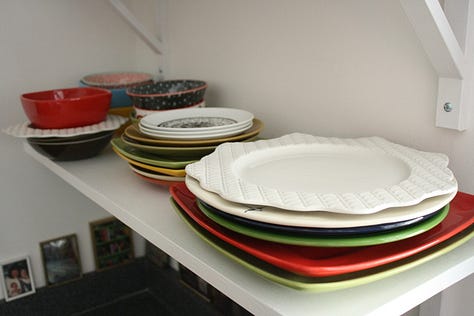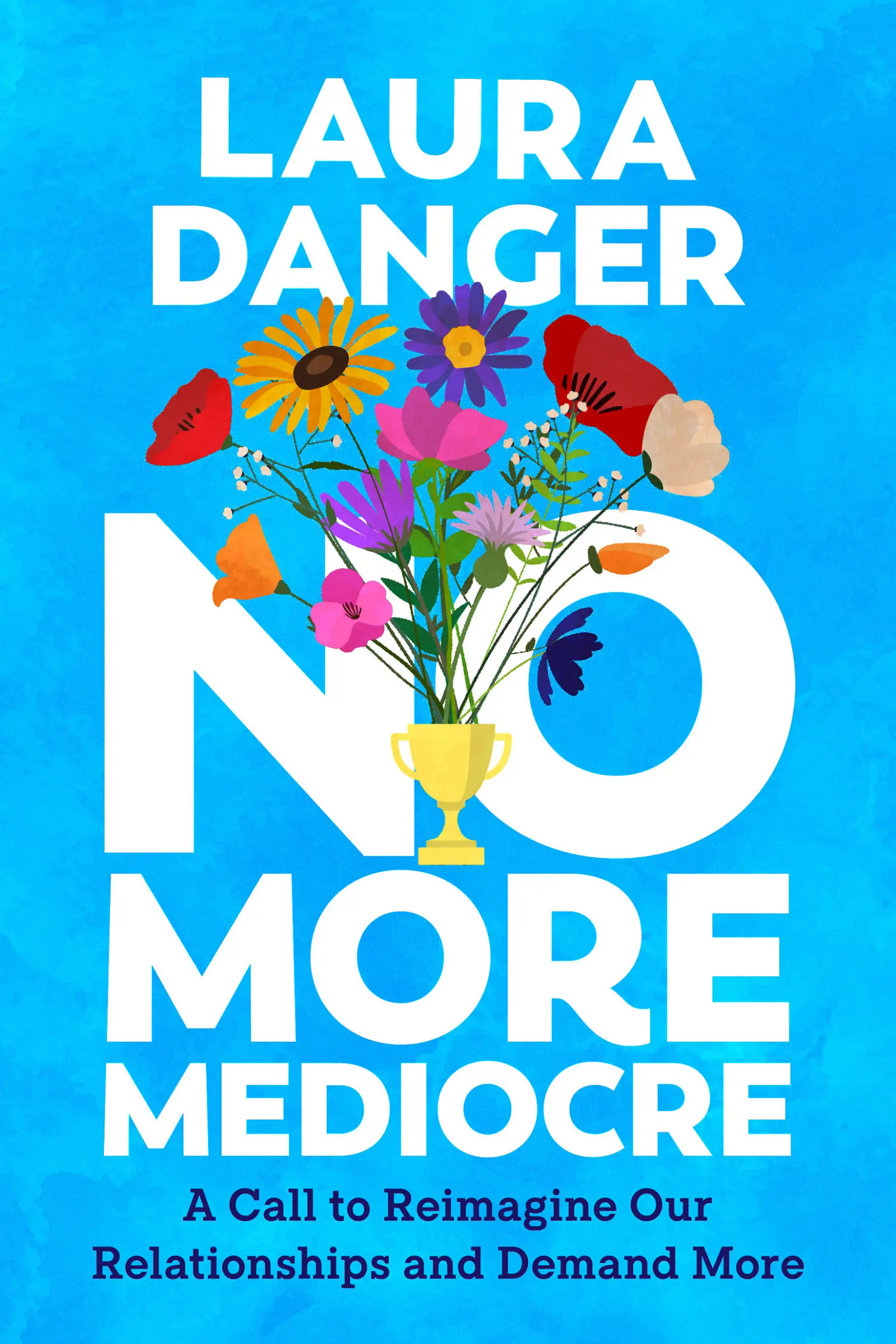Mental Load Overwhelm Is Like That I Love Lucy Scene With The Chocolates
DECISIONS NEED TO BE MADE! THEY JUST KEEP COMING! MORE AND MORE AND MORE TO DECIDE!
Decision fatigue is real – the overwhelm of making choices day in and day out. Decision fatigue also creates a snowball effect. You get buried underneath all of the things that need to get done throughout a day, and if you can't keep up, it doesn't stop. Like the famous I Love Lucy clip when the chocolate treats keep coming.
Except the chocolates are emails for summer camp sign-up (what’s the budget, which friends are going, how do you want your kids to spend their summers, should you just quit your job omg), your nephew’s birthday (what did you get him last year, which stores will wrap and ship, guilt for not seeing them more often), the alarm going off to get the kids—but what are you going to have for dinner? (The little one stopped eating her go-to protein, when’s the last time they had a veggie other than carrots or broccoli, what’s even in the fridge?)
Pummeled by decisions, wading through a fridge with leftovers (how old? Do they need to be tossed? But the trash hasn’t been taken out and if you put the bag on the porch, the squirrel is going to tear it open. Oh, and there’s a rat that’s been hanging out in the garden—how do you get rid of a rat and not a squirrel?) Tripping over the bag of hand-me-downs you meant to give to the neighbor before they moved (now should we store it? Who do we know with a kid in 5T?), it can all create a brain jam, freezing you.
When this happens to me, it’s like my brain jams up with thoughts, and it all gets so loud it turns into white noise. A big WHHHHHSSSSSSSSSHHHH sound that stops me in my tracks.
One of my biggest saving graces when this happens is having a protocol. I’ve set aside intentional time and budgeted brain space to automate, thin out, and identify high-impact tasks that help turn down the whhhhsssshhh sound and
help me accomplish what needs to get done and
help me re-regulate my nervous system.
I’ve identified that I most commonly get white-noise-brain around clutter and meals.
With clutter, too many things are attached to other things. I pick up one thing and it reminds me I need to do another. My brain tries to streamline as much as possible—making little piles, bringing up an armful of something to the kids’ rooms, then realizing the toilet paper needs to be restocked, then noticing the bathroom bins are a mess, then going back downstairs to finish putting things away like I was initially doing, mentally repeating “toilet paper, toilet paper” so I don’t forget. I try to do it all at once and end up feeling like I accomplished very little. Unsatisfying!
With meals, I feel like I’m constantly running through a mental list of which foods have which nutritional value, which ones the kids will eat, how long each ingredient will take, what they ate at school, what they had for breakfast, what we had to eat over the weekend—and I can’t get my head on straight. I end up defaulting to the same few things and beating myself up if the kids don’t eat it and end up eating a bunch of snacks.
How I’ve combated these trouble spots:
I have a short list of tasks I can do in 5–10 minutes that I know will have an immediate impact on how I feel in my space. (Check out this study that found that women have higher cortisol levels and report poorer mental health when they feel like their space is cluttered, overwhelming, or unfinished.)
I have a short list of tasks that make other tasks easier, like emptying out the dish rack, taking the trash/recycling out, and putting laundry where it belongs.



For meals, my husband and I sat down and came up with a short list of 3–5 restaurants and go-to orders that check our boxes for what the whole family will eat and hit the main food groups. We’ve got a list on our fridge of school lunch ideas, broken down into sections: Protein, Fiber, Crunchy, Calorie-Dense, Fresh. We try to grab something from each section to toss into lunches.
Instead of getting cute/fancy lunch containers, we bought standard pre-divided lunch tupperware that store easily. Multiple sets means not having to lean and dry them each night. Whoever is packing lunches packs two days at a time. The expectations are clear (we’ve got a routine) and we’re aligned on the goal (get them to eat SOMETHING at school).
I’ve done this intentional clarifying with myself by self-reflecting on how I feel when certain tasks are finished or unfinished. I’ve also done this with my family. I know which tasks make my husband’s life easier and help him feel more relaxed. He knows the same information for me. We’ve also identified some tasks that contribute to the flow of the home.
Identifying these things has been such a relief. If my brain turns to white noise, I can look at the list and pick one thing. If my husband sees that my eyes have glossed over and I’m glitching out, he can pick something off the list and knock it out.
Our kids know there are tasks that make our home feel more comfortable and keep it flowing—all without one of us having to scrape together the brainpower to figure out what to do when we’re feeling buried.
This kind of intentional, proactive planning and communication has improved how our entire family feels at home. It’s eased up the emotional and mental labor of planning and communicating, and setting aside the time to connect and align has been an excellent practice in good faith effort. Effectively communicating about what we want done and how we can support ourselves, each other, and our household has helped us bank some positivity to carry us through domestic challenges.
Win, win, win all around.
As a bonus for anyone who preorders No More Mediocre: A Call to Reimagine Our Relationships and Demand More, I’ve created a High Impact Tasks bonus resource to help you get this process started!
To access, just order through your preferred retailer, then submit your order number here!*
Looking for more conversations on care work and culture? Check out !
*dm or email me if you’re outside the US!






